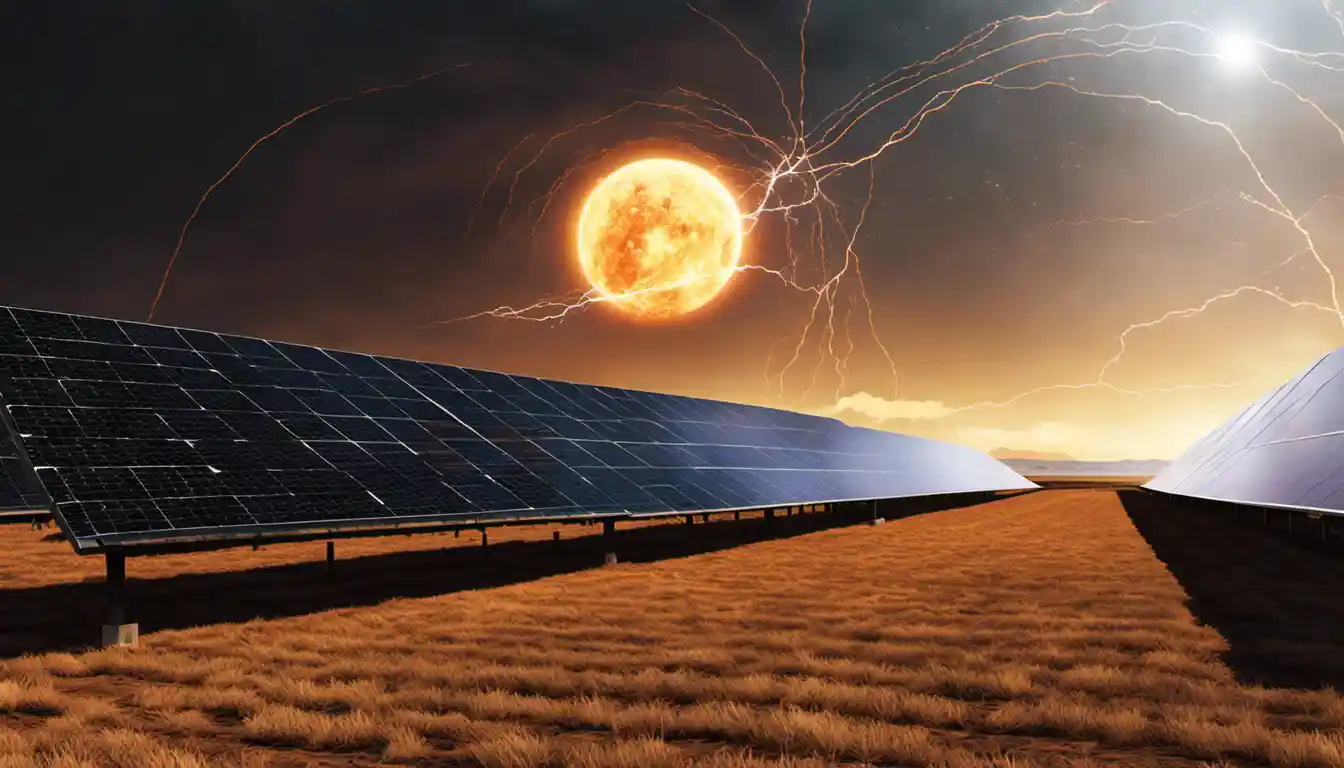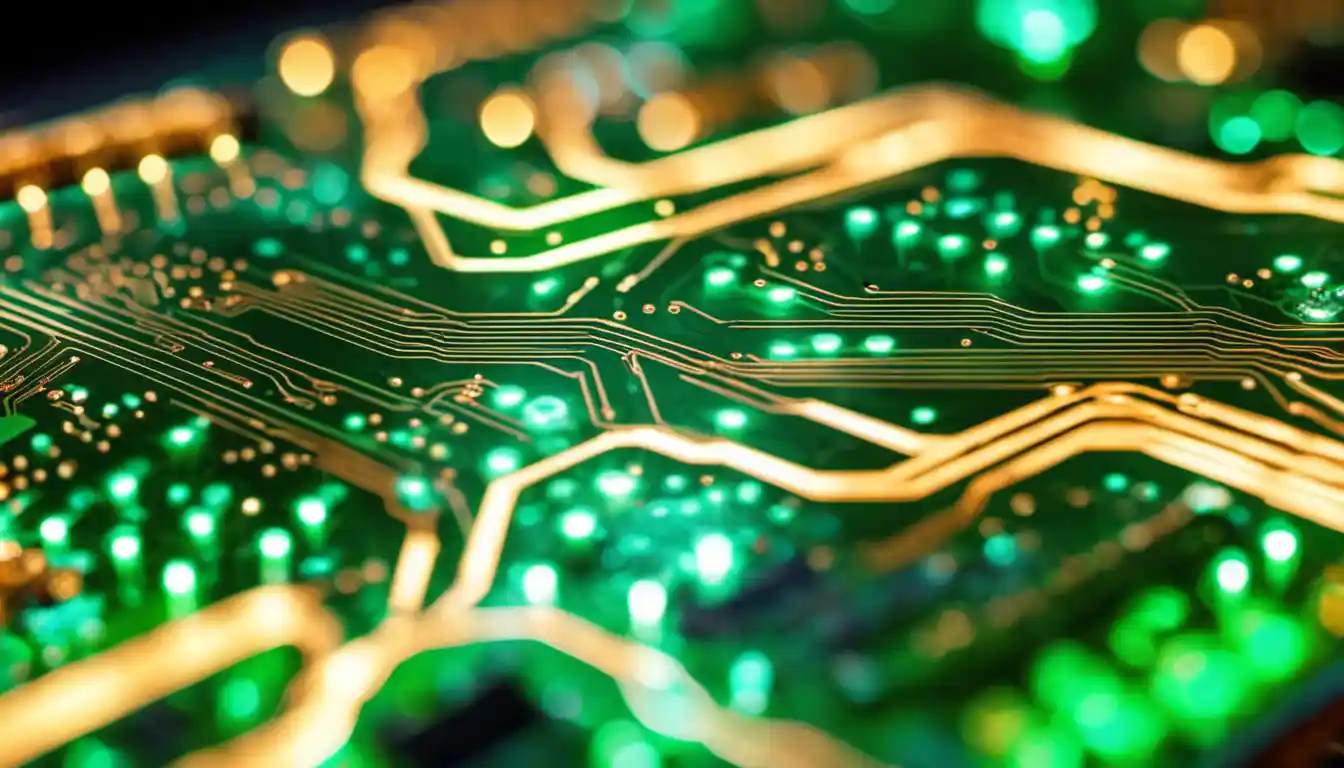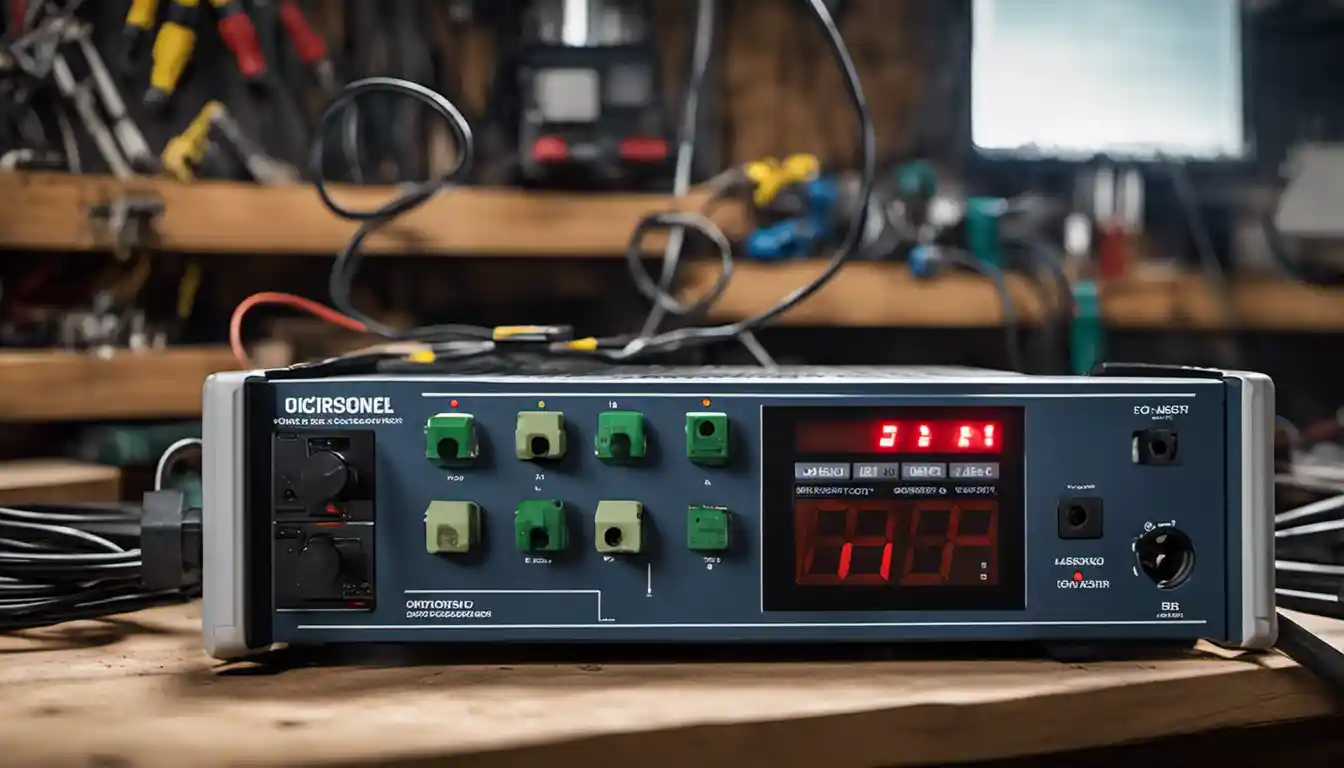Understanding Solar Charge Controllers
Solar charge controller troubleshooting usually entails checking if the solar panel and battery are correctly connected to the controller, inspecting for any signs of damage or wear and tear, and reviewing if the settings are appropriately configured. If the controller is not working, check the voltage of the battery to ensure it’s within the operating range of the solar charge controller. If you continue having issues, it might be necessary to consult the manufacturer’s guide or contact technical support.
The role of a Solar Panel Charge Controller
A solar charge controller (or sometimes called a solar regulator) plays a crucial role in solar power systems. It sits between the solar panels and the battery bank, controlling the flow of electricity to prevent the batteries from overcharging and extend their lifespan. Now, if you’re asking yourself “why is my solar controller not working?”, you’re not alone. Let’s take a moment to understand the potential issues that could cause this.
See also: Solar Charge Controller Not Charging Battery? Here’s What You Need to Know!
About Reverse Current
At night, when your solar panels aren’t producing power, a small amount of electricity can flow in the opposite direction from the batteries back to the solar panels. This is called reverse current, and it could slowly drain your batteries. A solar charge controller, however, prevents this from happening.
See also: Solar Charge Controller Display Not Working? Here’s How to Troubleshoot and Fix It
Dangers of Overcharging
Overcharging occurs when the batteries get too much power, which could cause battery swelling, leakage, and even explosions – a surefire way to hurt your investment. A properly functioning solar controller stops charging when your battery reaches full capacity, preventing overcharging.
See also: Solar Charge Controller USB Not Working? Troubleshooting and Fixes
Consequences of Undercharging
Undercharging results from insufficient sunlight, broken panels, or a malfunctioning solar controller. Undercharging can cause your batteries to sulfate — reducing their capacity and lifespan.
See also: How to Reset Solar Charge Controller: A Step-by-Step Guide to Restoring Power
Understanding Short Circuits

A short circuit happens when a “shortcut” is created within the electrical circuit, allowing electricity to travel along an unintended path. This could seriously damage your solar system, from the solar panels to the charge controller, and all the way to the batteries.
Dealing with Overcurrent
When a system experiences overcurrent, the power inflow exceeds what it can safely handle. A good solar charge controller should prevent this by limiting the amount of power going to the device.
Common Reasons Your Solar Controller May not be Working
If your solar controller is not working, don’t panic! A few common problems could ring alarms in your solar controller troubleshooting process:
Controller is not Charging the Batteries
If the controller isn’t charging the batteries, it’s usually because it’s not configured to the right battery type. Make sure the battery type setting on your controller matches your actual battery.
Controller is not Receiving Voltage from the Solar Panels
If your solar panels are generating power but it’s not reaching the controller, you could have a wiring problem. Check the wires connecting your panels to the controller.
Controller is not turning ON
If the solar controller is not turning on even after ensuring the system is correctly set up and all peri-instinctive checks have been done, it’s time to perform a reset operation.
Continue reading this guide to find out comprehensive steps for solar charge controller repair.
Common Solar Panel Charge Controller Problems

Solar controller problems are varied, but let’s take a look at some of the most frequent gremlins that plague solar controllers.
Battery Voltage is Too Low; Controller Switches Off the Load
In this scenario, the solar controller will disconnect the load to protect the battery from deep discharge: a situation that could drastically reduce the battery’s lifespan.
Battery Voltage is Too High; The Controller Switches Off the Load
Like the scenario above, the solar controller disconnects the load when the battery voltage is too high to prevent damage from overcharging.
Output Current of Solar Panels is More Than the Rated Current of the Controller
If this happens, your controller might get overheated and suffer a potential meltdown! It’s important to choose a solar charge controller that can handle the peak current your solar panels produce. If you are using a bypass solar panel regulator, remember that overusing it may cause damage to the regulator or the controller. Learn more about the risks of bypassing your solar panel regulator.
The Output Voltage of the Solar Panel is More Than the Maximum Voltage Limit of The Controller
Just like exceeding the maximum current, you can’t let the voltage surpass what the controller can handle. When the voltage is too high, it can cause the controller to fail.
Load Output is Short Circuit
If, for instance, a loose connection, damaged wire, or a bad fuse (or a tripped breaker) causes a short circuit, you’ve got a problem. The controller would go into protection mode and won’t allow any power to flow.
Solar Charge Controller Repair & Troubleshooting

Now that we’ve identified some common problems let’s step into the realm of solar charge controller repair.
How to Reset Your Solar Controller
You can reset many solar controllers by disconnecting it from both the solar panels and the batteries, then reconnecting the batteries first and the panels second. If resetting doesn’t solve the problem, refer to your controller’s error codes for more specific troubleshooting.
Remember, don’t try to fix a controller if you aren’t comfortable with electronics and wiring. Instead, call a professional.
Important Tips to Keep Your Solar Panels Charge Controller Working Properly
Install in a Cool, Dry Location
Like other electronic devices overheating is detrimental to solar charge controllers. Ensure it’s installed somewhere cool and dry to prevent damage from heat and moisture.
Regular Checking for Loose Connections
A loose connection can lead to system failure. Regularly check the system to make sure the wires are secure.
Regular Cleaning and Inspection of the Charge Controller
Dust can cause your controller to overheat. Keeping it clean may seem a simple task but it can prolong the life of your controller. While cleaning, look out for any apparent physical damage.
Troubles with solar panels may seem daunting but with this guide, hopefully, you’re better equipped to handle solar charge controller troubleshooting. With routine maintenance and a bit of knowledge, you can ensure your system runs efficiently and effectively for many years to come.



